British Supreme Court Decides Which Country Will Be Awarded $43M Treasure Found Aboard a Shipwreck From WWII
In 1942, during World War II, the SS Tilawa was traveling through the Indian Ocean with 2,364 bars of silver, 732 passengers, 222 crew members, and 5,900 tons of cargo when it was attacked by Japanese torpedoes.
The majority of the passengers were saved, but the entire cargo, including the silver bars, sank to the bottom of the ocean. Decades later, a treasure-hunting company from the UK retrieved the silver, but South Africa took them to court, saying it belonged to them. Now, the British Supreme Court has finally decided whose it is.
SS Tilawa: The “Indian Titanic”
Many people don’t know the tragic story of the SS Tilawa, but those who do call it the “Indian Titanic.”
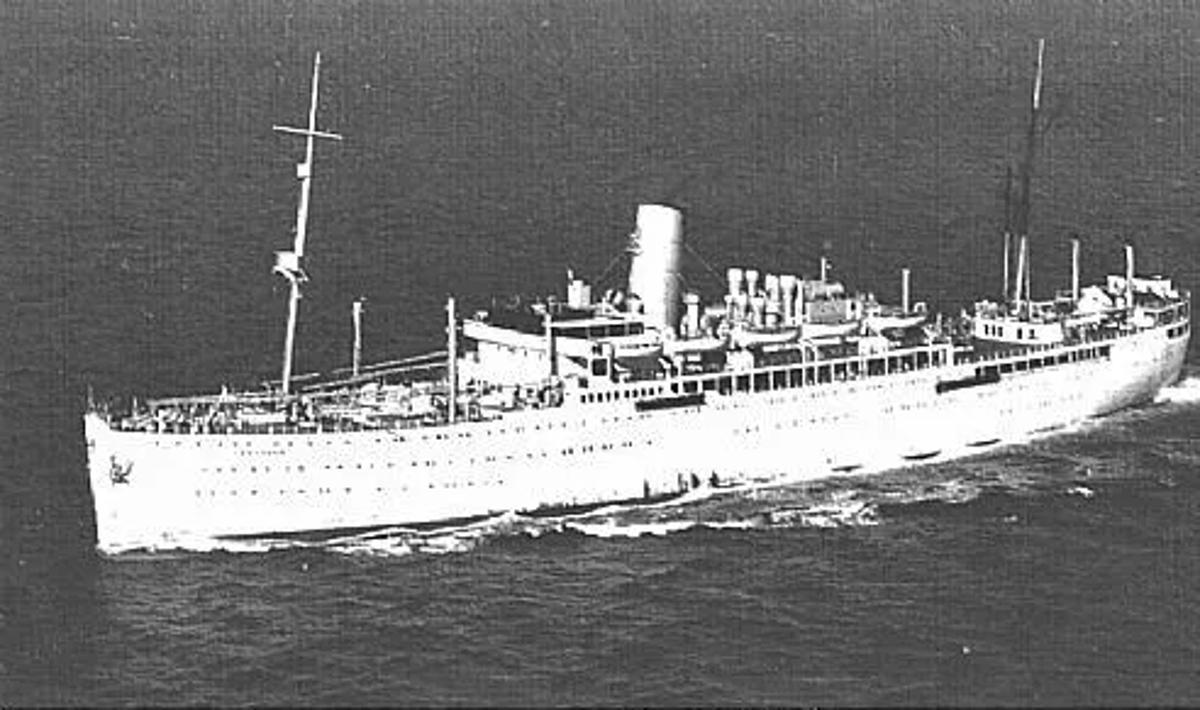
Source: Tilawa1942.com
On November 23, 1942, in the middle of the Second World War, the SS Tilawa was making its way from India to East Africa through the Indian Ocean when it was attacked by the Imperial Japanese Navy.
The Forgotten Tragedy
Various historians refer to the sinking of the SS Tilawa as “The Forgotten Tragedy,” as it is not as well known as numerous other disasters that took place at sea during the era.
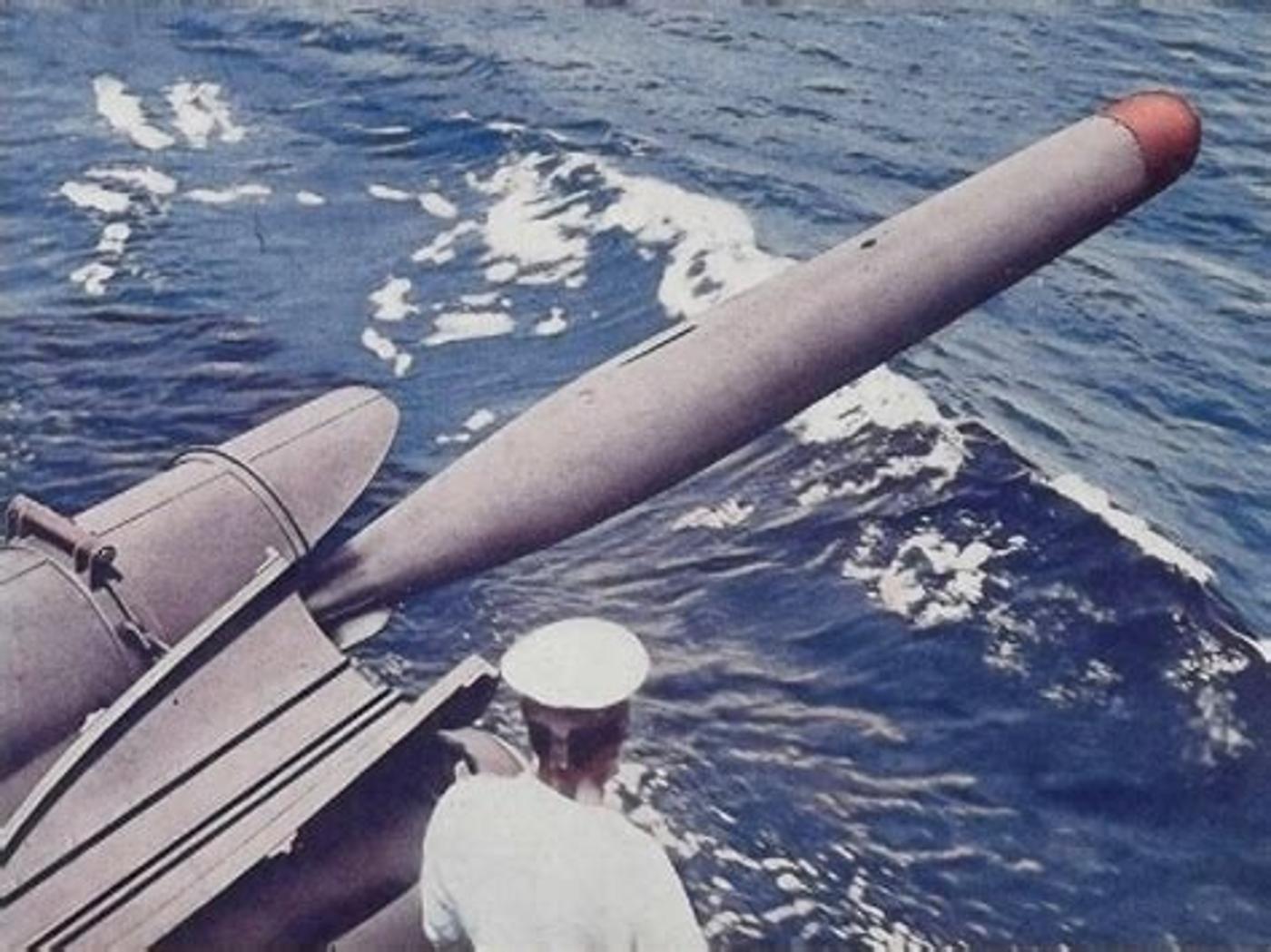
Source: Quora
According to WWII experts, this was the only passenger-cargo liner attacked during the war in the Indian Ocean, and yet very few know its story.
Japanese Navy Fire Torpedoes at Commercial Vessel
The first torpedo deployed by the Imperial Japanese Navy rocked the ship, but the second hit ensured its demise.

Source: Wurger GoodFon
Similar to the Titanic only 30 years before, the SS Tilawa sank quickly after sending out a distress signal near the Seychelles Islands, however, unfortunately, no vessels in the region could reach the ship before it sank beneath the surface of the ocean.
280 People Went Down With the Ship
Reports state that 280 people died almost instantly as they sank with the ship. The nearly 700 other passengers and crew members were left drifting through the ocean in small lifeboats.
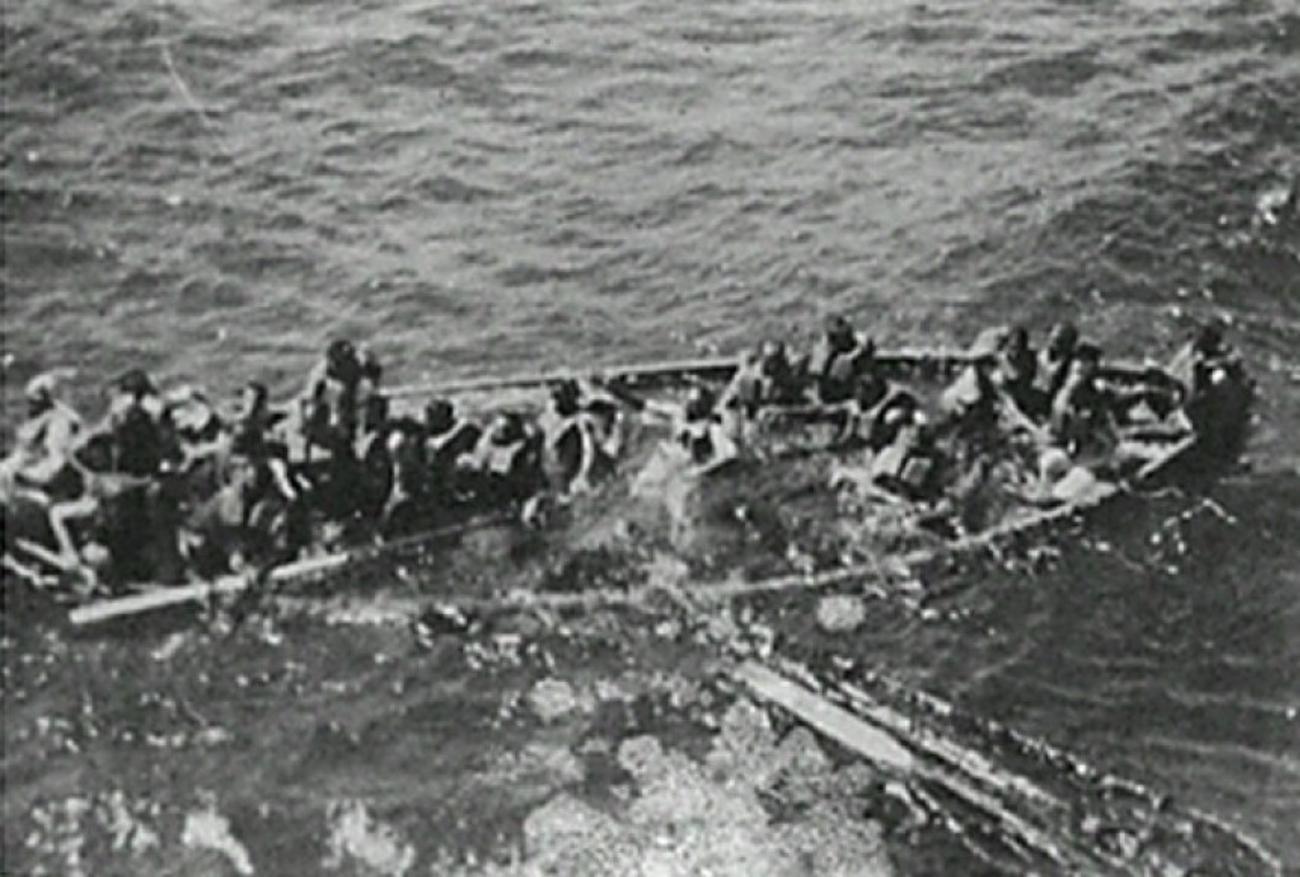
Source: SSTilawa.com
Fortunately, nearly 48 hours later, HMS Birmingham finally responded to the ship’s distress call before it went under. They were able to rescue 674 people from the water that day, but of course, the 5,900 tons of cargo and the thousands of silver bars were long gone.
6,000 Tons of Cargo and More Than 2,000 Silver Bars Were Lost
Along with nearly 6,000 tons of commercial cargo and nearly 900 people, the ship was also carrying 2,364 bars of silver.
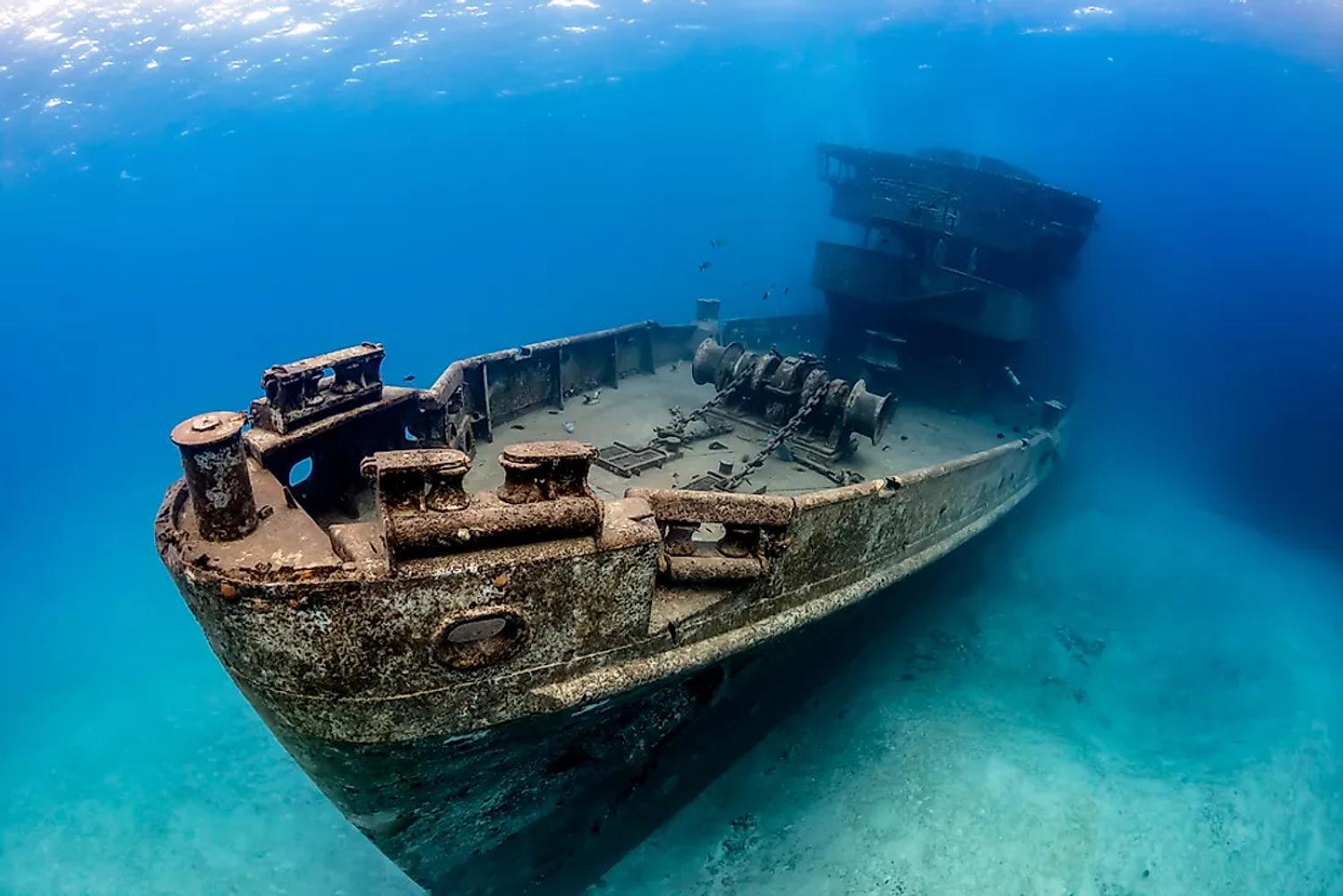
Source: Shutterstock
The silver had already been purchased by what was then the Union of South Africa to use for its currency and was simply being transported to its rightful owners. But, unfortunately for South Africa, the soon-to-be coins never made it to their destination.
The Silver Bars Were Recovered in 2017
For more than 60 years, the extremely valuable silver sat on the floor of the Indian Ocean, completely unreachable.

Source: Tilawa1942.com
But then, in 2017, a marine salvage company from Great Britain attempted the impossible, and decided to recover the silver from the ocean floor. They would use high-tech equipment and the expertise of treasure hunters to recover the abandoned wealth.
Argentum Exploration Retrieve the Lost Silver
Members of Argentum Exploration, founded by famous race car driver Ross Hyett and now majority-owned by the British hedge fund manager Paul Marshall, tasked their crew with finding the silver.

Source: Freepik
They were able to retrieve the 2,364 bars of silver. They took their bounty home, thrilled with their hard-earned fortune.
The Silver Bars Were Valued at $43 Million
Upon returning home to England, Argentum Exploration took their hoard of treasure to an expert and had their silver bars appraised.

Source: iStock
While they knew it was a remarkable find, they were left shocked when they were told “the Silver,” as it’s now called, was worth $43 million. They almost couldn’t believe it.
South Africa Hears of the Find
After retrieving the large hoard of silver, the British-based company thought they could lay sole claim to the fine. However, the immense value of this treasure couldn’t have gone unnoticed.

Source: Wikimedia
The government of South Africa heard that the silver they purchased nearly 80 years before had been recovered and was worth a fortune, and they announced that they wanted it back.
South Africa Takes Argentum Exploration to Court
In 2018, South Africa contested Argentum Exploration’s right to own the Silver, claiming that it was rightfully theirs.

Source: Tilawa1942.com
Argentum Exploration argued that, according to maritime law, whoever salvages a treasure can claim payment for recovery, and therefore, South Africa should have to pay them the value of the Silver if they wanted it back.
Maritime Law
Maritime Law, often referred to as admiralty law, is the default set of regulations and treaties that determines how shipping issues, conflicts, and other matters of importance are handled by the international community, often at sea.
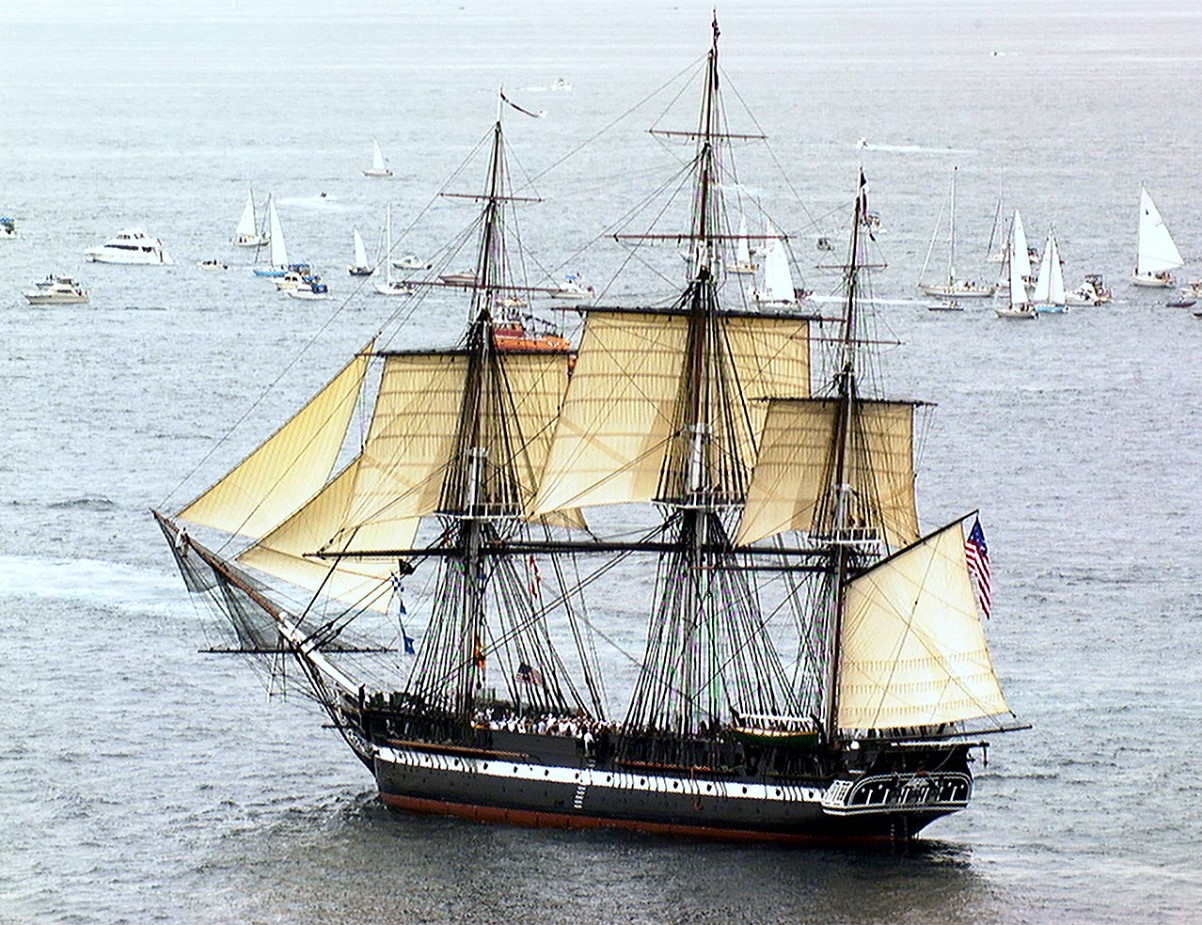
Source: Wikimedia
Under this specific law, “rule of salvage” and “rule of finds” often apply.
Understanding the Rules of Finds and Salvage
When the rule of finds is mentioned, it suggests that the person or group who come across the shipwreck or treasure are thereby considered the new owners. This is typically applied to items that have been lost at sea for an extensive period.
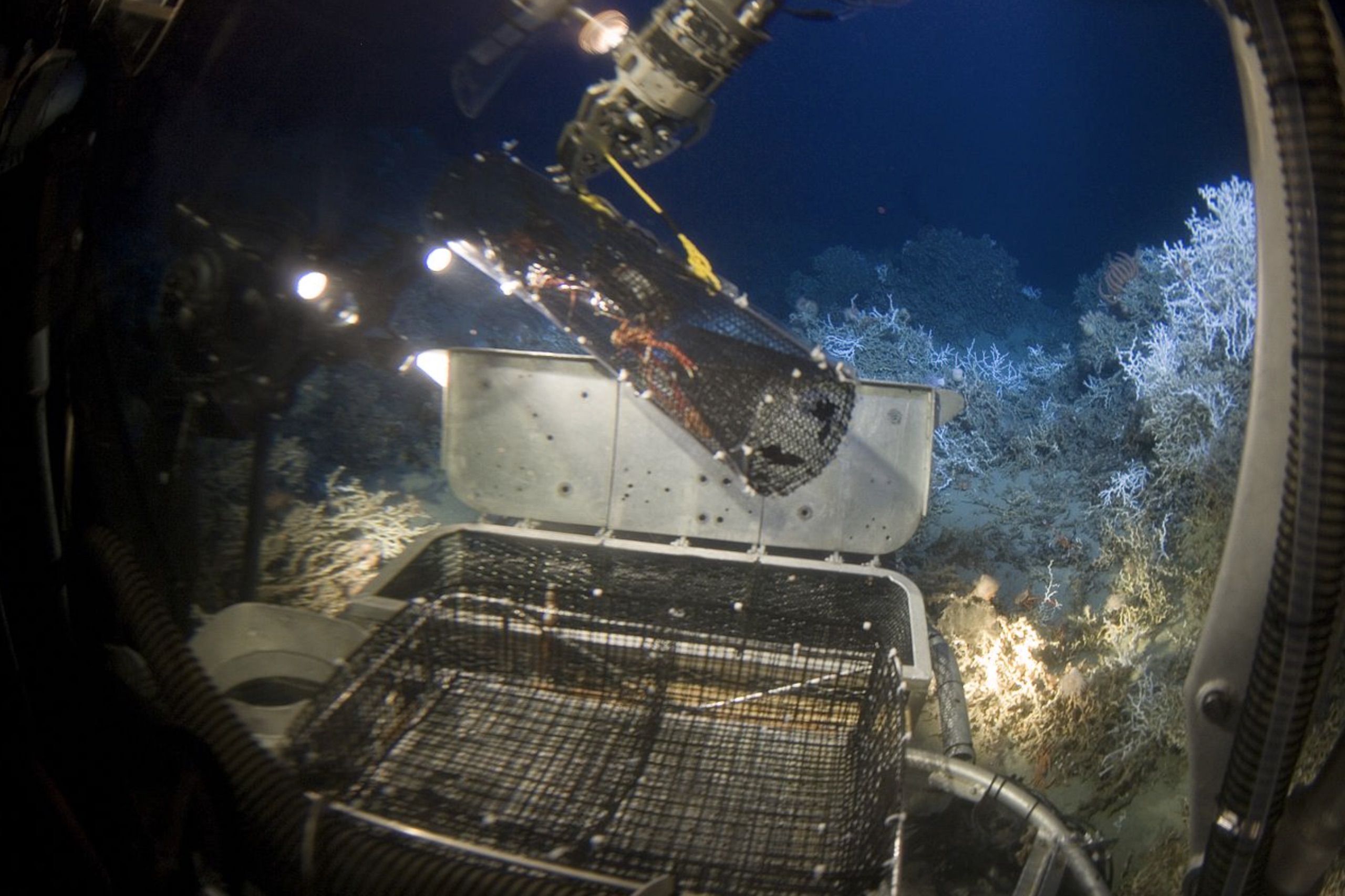
Source: Wikimedia
The rule of salvage obliges the person or group that has discovered the shipwreck and treasure to seek out the original owner and return the items.
Specific Clause in Maritime Law
However, there is a specific clause in maritime law that states that if a treasure is owned by a sovereign nation and is not being transported for commercial use, it is the property of that nation in perpetuity.
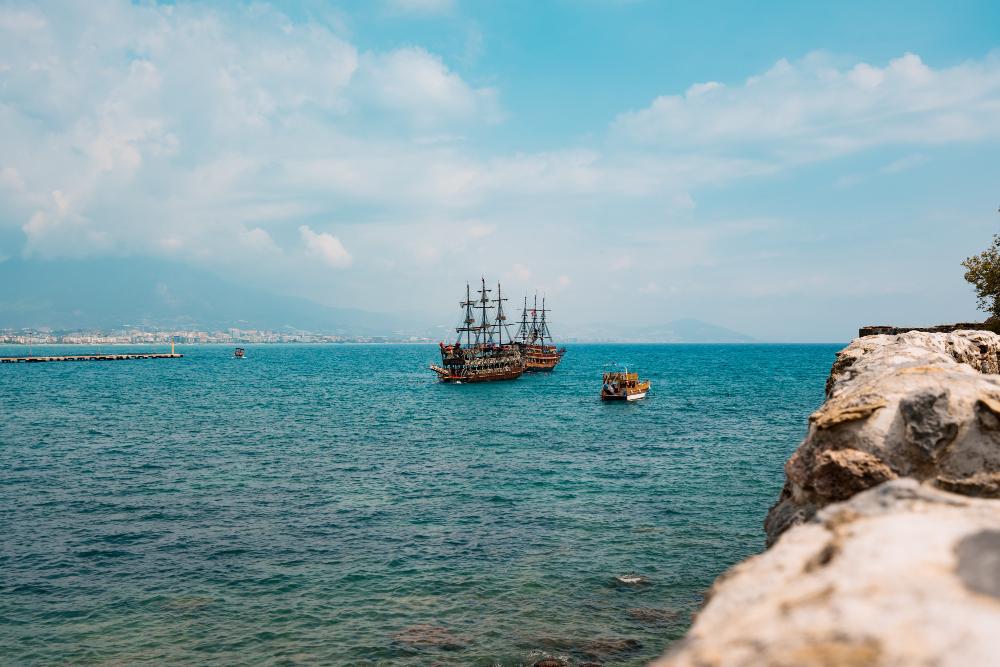
Source: Freepik
In court, South Africa claimed that the Silver had, at the time of the tragedy, been a state possession and was not being transported for a commercial purpose, so it is still their property.
The English Court Rules Against South Africa
That year, the courts ruled in favor of Argentum Exploration. They said that the Silver was going to be used for commercial purposes and, for that reason, was not protected under the rules of sovereign property.

Source: Adobe Stock
But South Africa wasn’t done fighting for their Silver. They filed an appeal, which was then heard by the United Kingdom’s Court of Appeal.
The UK Court of Appeal Ruled in Favor of Agentum Exploration
Unfortunately, for South Africa, the Court of Appeals agreed with the court’s original ruling, allocating the rights of the Silver to Argentum Exploration.

Source: Shutterstock
Finally, South Africa decided to take their case to the UK Supreme Court in a last-ditch effort to bring home the Silver they bought almost a century before.
The UK Supreme Court Overturned the Verdict
On May 8, 2024, 82 years after the SS Tilawa sank, seven years after the Silver was recovered, and six years after South Africa first made their case in court, the UK Supreme Court announced that South Africa was, in fact, the rightful owner of the treasure.
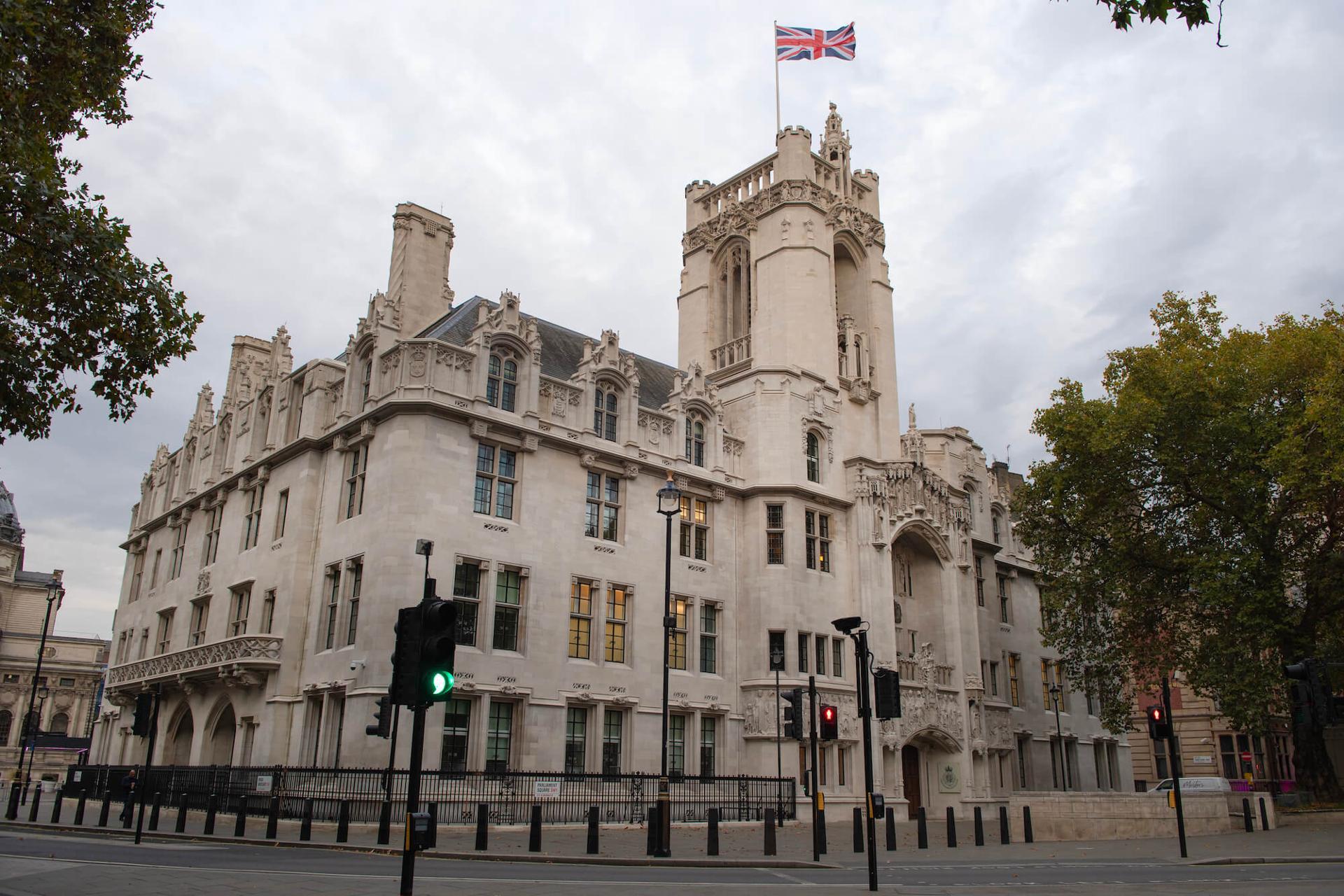
Source: The Supreme Court
They ruled that because the Silver was allocated for the nation’s currency and not for private or corporate sale, it was not being used for a commercial purpose at the time of the tragedy.
Supreme Court Hands South Africa a Win
After more than half a decade of legal battles with Argentum, South African officials were relieved to hear the judge’s decision.

Source: Wikimedia
While the British treasure hunters were adamant maritime law applied in their situation, it actually backfired in the end. The judge’s statement read that “cargo sitting in the hold of a ship is not being used for any purpose, commercial or otherwise,” meaning it was rightfully South Africa.
The Silver Will Soon Be Home in South Africa
Within the announcement, the Supreme Court explained, “The silver is, and was at all material times, owned by the Government of the Republic of South Africa.”

Source: Deopsitphotos
Because the UK Supreme Court, like the U.S. Supreme Court, is the highest court in the country, this decision is final. Sadly, for Argentum Exploration, they have to turn over their $43 million treasure to South Africa.
The Difficulties of Maritime Law
The legal battle showcases how difficult and complex international disputes are regarding shipwrecks and treasure that accompany vessels on the ocean floor.
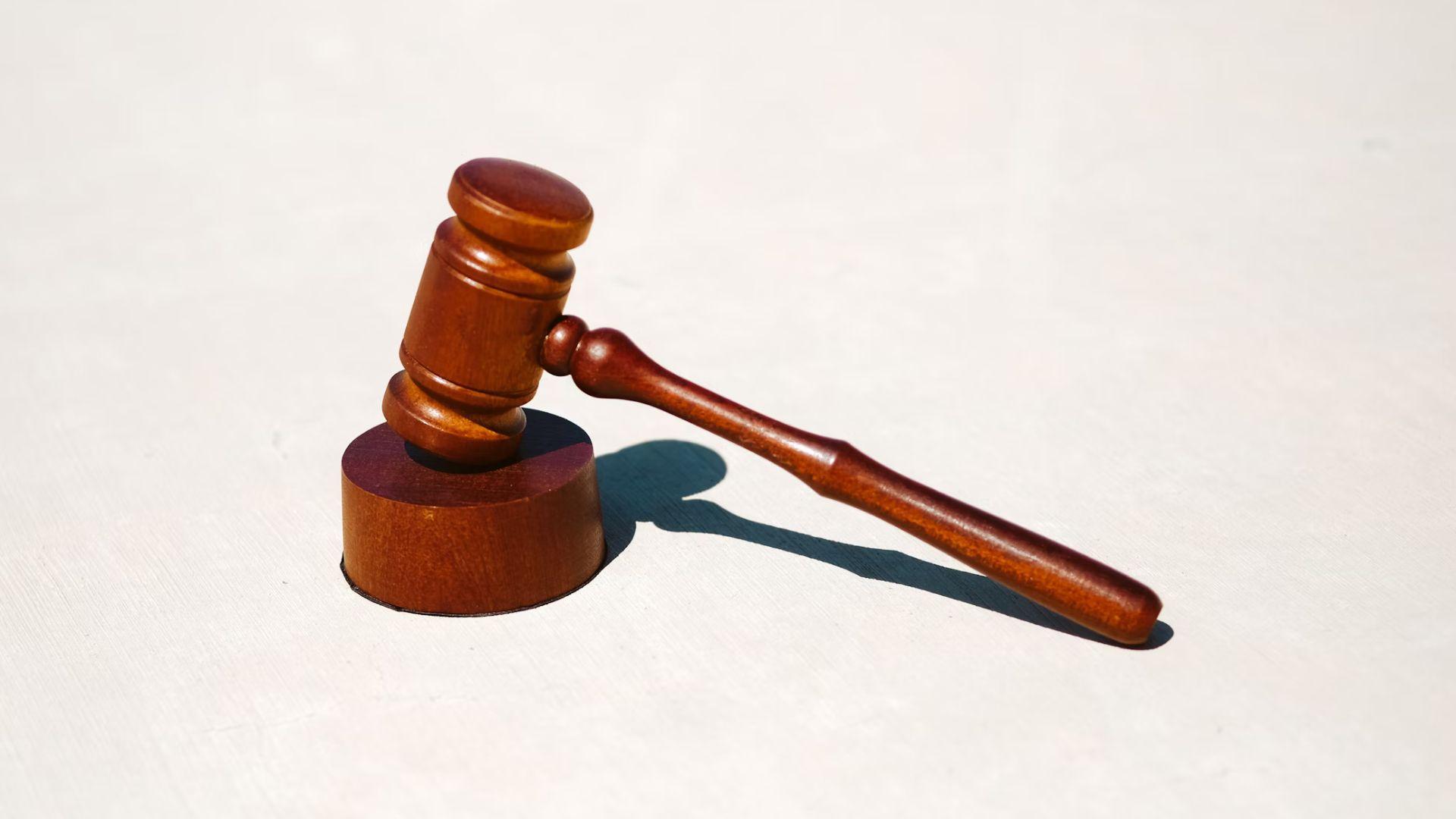
Source: Tingey Injury Law Firm/Unsplash
While the judges ultimately ruled in favor of South Africa, according to a report from Business Insider, the two parties eventually reached a settlement out of court in the wake of the Supreme Court’s decision.
Private Settlement Out of Court
Representatives of the Supreme Court revealed the parties had come to a private settlement shortly after the judges handed down their decision, stating that the treasure was the property of South Africa. It’s possible Argentum ended up with a significant finder’s fee.

Source: Pexels
“The parties have agreed that we should nevertheless hand down the judgment, and we are satisfied that it is appropriate to do so,” they wrote. The settlement is bound by a non-disclosure agreement.
Clarification of Sovereign Immunity
According to Ross Hyett, who currently serves as the managing director of Argentum Exploration, the Supreme Court’s final decision will help treasurehunters plan better for future endeavors.

Source: Freepik
He added that the ruling was “an important judgment clarifying the law on sovereign immunity.”
Argentum’s Owner Shares Thoughts
The majority stakeholder in Argentum, Marshall, who also owns the popular British media company GB News, was questioned by Business Insider about the experience of dealing with the South African government during the entirety of the legal dispute.

Source: Freepik
However, he revealed nothing about his company’s daily operations or its dealings with the African nation.
Problems Have Become Increasingly Complex in Recent Years
Critics of maritime law, including scholars Thomas J. Miceli and Paul Hallwood, argue that the rules “provide inadequate incentives both to locate and properly salvage historic wrecks.”
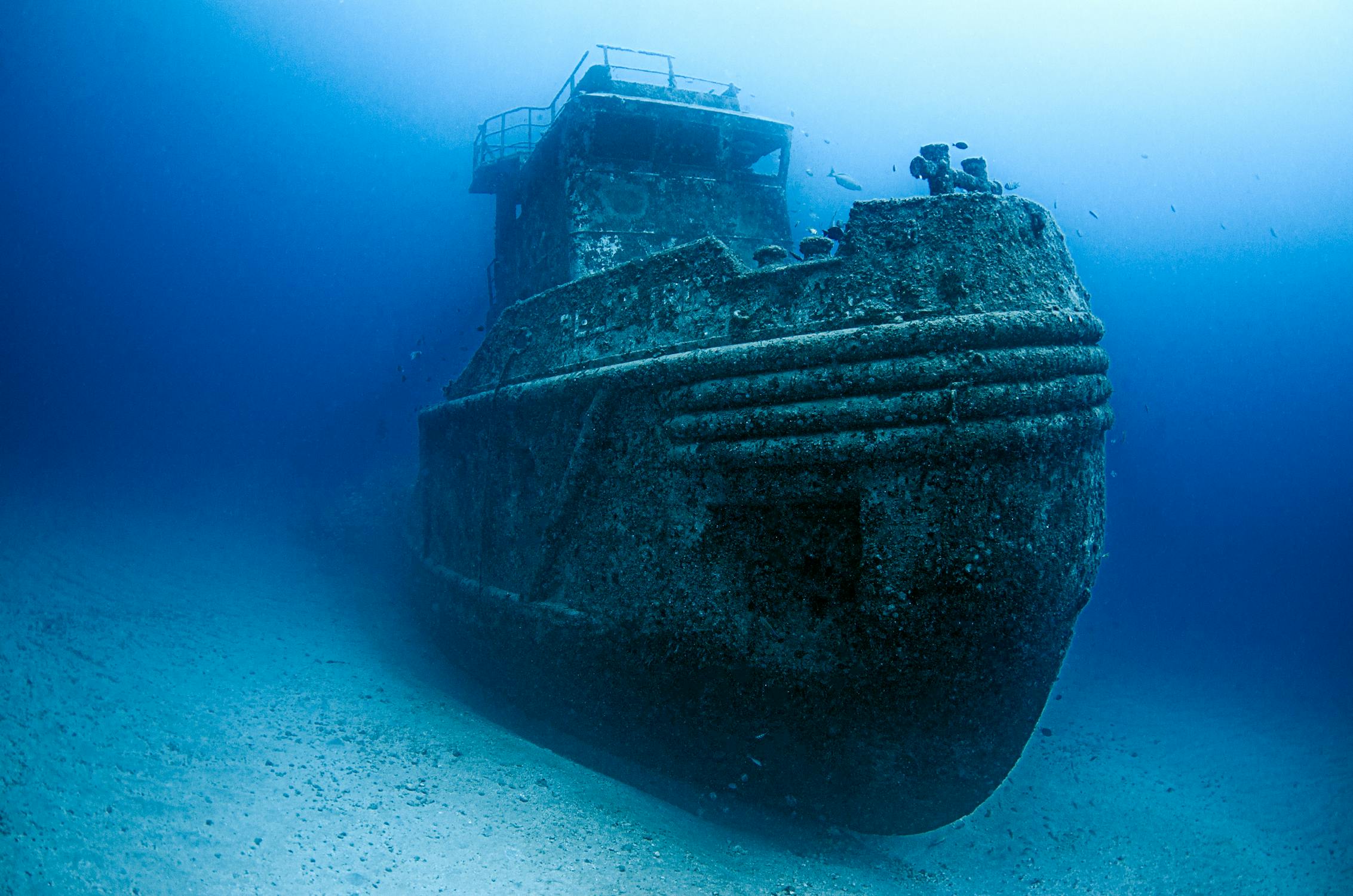
Source: Leonardo Lamas/Pexels
They continued the regulations set in place “fail to provide for the protection of the scientific value of wrecks once they are found.”
